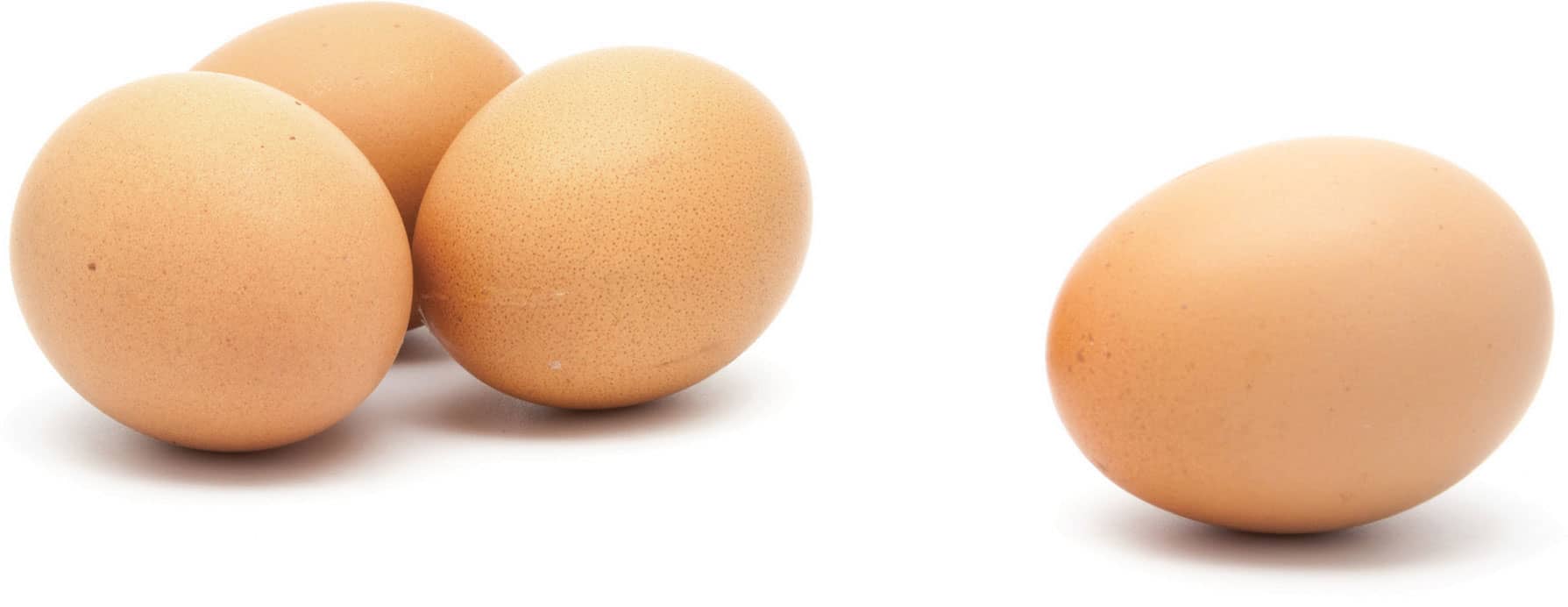The 101 Healthiest Foods for Kids
Eat the Best, Feel the GreatestHealthy Foods for Kids, and Recipes Too
Sally Kuzemchak, M.S., R.D.

The 101 Healthiest Foods, By Chapter
Introduction
What should I feed my kid?
I get that question a lot.
As a dietitian who focuses on family nutrition, I hear from parents every day who are determined to feed their kids the healthiest diet possible. But theyre up against the challenges of balancing life with kids, including finicky eaters and busy schedulesnot to mention maddeningly conflicting information about what healthy eating even means. Between what you hear from your Facebook feed, moms on the playground, and the random person behind you in line at the grocery store, its enough to confuse anyone.
The reality is that theres no single prescription for growing a healthy child. But theres definitely a pattern of eating thats strongly linked in research to healthier, longer lives. This includes plenty of fruits and vegetables, whole grains, lean proteins, and healthy fats. Those foods are exactly what this book is all about.

Why You Need This Book
Raise your hand if you obsessed over those very first spoonfuls when your child started solids. (I sure did!) Most parents bend over backward to make sure their babies have a balance of green and orange vegetables, a mix of fruits, and nourishing finger foods. No wonder government surveys find that most babies have top-notch nutrition, with intakes of vitamins and minerals that meet or exceed what they need.
Then something happens.
Babies grow into toddlers and then preschoolers, and picky eating sets in. They discover gummy fruit snacks and cookies. Eating habits take a nosedive. The most popular vegetable becomes potatoesin the form of french fries. Whole grains plummet, and sweets are on the rise. On a given day, a third of preschoolers dont get a single serving of vegetables and a quarter of preschoolers dont eat a bite of fruit. And things dont improve as they get older and gain more independence and influence over their food choices. During adolescence, a time when kids need calcium the most, soda and other sugary drinks start to replace milk.
In other words, kids habits need help. Not just because children require a nutrient-rich diet to grow and thrive, but also because habits developed during childhood can have a lasting impact on eating into adulthood.
The good news: Whether youve got a toddler or a teen, its never too late to turn habits around.
Whats So Great about These Foods
Id never tell you to make everything from scratch or avoid anything in a package. I know that some convenience foods are a reality for most families, including my own. But whole foods should form the foundation of your childs day. This book offers 101 places to start.
Sure, there are plenty of healthy foods that didnt make the cutand by all means, keep serving them! But theres no denying that certain foods stand out, not only because theyre rich in nutrients that many kids are missing out onlike fiber, potassium, magnesium, and vitamin Dbut also because theyre abundant in natural compounds proven to help safeguard your childs health.
The Best Way to Use This Book
Sit down and flip through this book with your kids. Youll spot some foods that are already regulars on your plates, and Ill give you even more reasons to keep them thereplus some new ways to serve them. Youll also see foods youve attempted to serve in the past and abandoned, and Ill make the case for trying again (and again). And you may even find foods that are totally unfamiliar. Ill walk you through why you should give them a shot, plus how to select, prep, and serve them. And throughout, Ive sprinkled fun facts about the foods that make for great dinner conversation.
HOW TO ENCOURAGE KIDS TO TRY NEW FOODS
Do:
 Model healthy eating habits. Let your kids see you eating and enjoying healthy foods.
Model healthy eating habits. Let your kids see you eating and enjoying healthy foods.
 Make it fun. Have your kids create a star chart to record all the new foods theyve tried or enlist them as new food reviewers and ask for ratings on taste, texture, and smell.
Make it fun. Have your kids create a star chart to record all the new foods theyve tried or enlist them as new food reviewers and ask for ratings on taste, texture, and smell.
 Try new approaches. Serve foods cooked in different ways, cut into different shapes, and flavored with different seasonings.
Try new approaches. Serve foods cooked in different ways, cut into different shapes, and flavored with different seasonings.
 Allow your child to (politely) spit out a food they have tasted but dont like.
Allow your child to (politely) spit out a food they have tasted but dont like.
Dont:
 Force your children to eat foods they dont want to eat.
Force your children to eat foods they dont want to eat.
 Bribe your child with a promise of dessert if she tries a new food.
Bribe your child with a promise of dessert if she tries a new food.
 Sneak or hide foods like vegetables in their meals. Be truthful about whats in the dish. (Better yet, have them help you make it!)
Sneak or hide foods like vegetables in their meals. Be truthful about whats in the dish. (Better yet, have them help you make it!)
 Call your child picky. Labeling your child in this way isnt helpful and wont encourage her to be brave and adventurous.
Call your child picky. Labeling your child in this way isnt helpful and wont encourage her to be brave and adventurous.
And in Case Youre Wondering...
Dont worry: My feet are firmly planted in reality. I know that magic doesnt always happen when you serve new foods. And despite endless articles telling you that kids will try a food after 10 to 15 exposures, I know some kids still wont budge after 25 tries. Thats why I made sure to include Try It tips along the way with gentle, nonthreatening ways to present unfamiliar foods to reluctant eaters. Youll also get answers to some of your biggest questions when it comes to feeding kidsplus some reassuring words if youre currently freaking out over a kid who wont drink a drop of milk or touch a single veggie.
If you want to know whether my kids eat every one of these 101 foods, yeah right! I may be a dietitian, but Ive still got pretty typical kids who can be stubborn about stepping outside their comfort zones (and who never met a bowl of mac and cheese they didnt like). But no matter what, I always maintain hope. After all, my thirteen-year-old swore he didnt like chickpeas until he tried the . And my nine- year-old fell in love with pomegranate seeds after seeing friends at school gobble them up at lunchtime.
The moral of the story: Never stop trying. Your kids (and their health) are worth it.
MY TEN HEALTHY EATING RULES TO LIVE (AND FEED) BY
1. Serve regular meals and snacks.


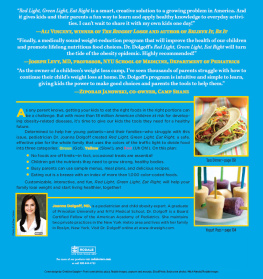
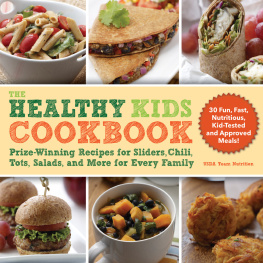
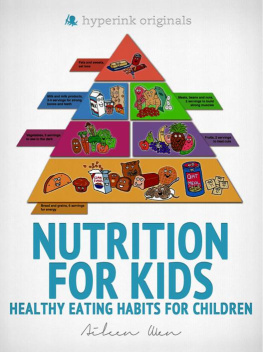

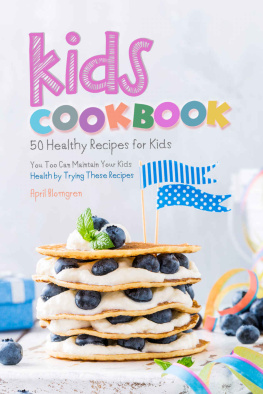

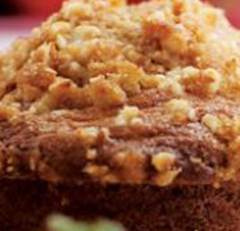
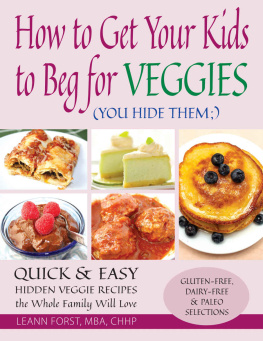
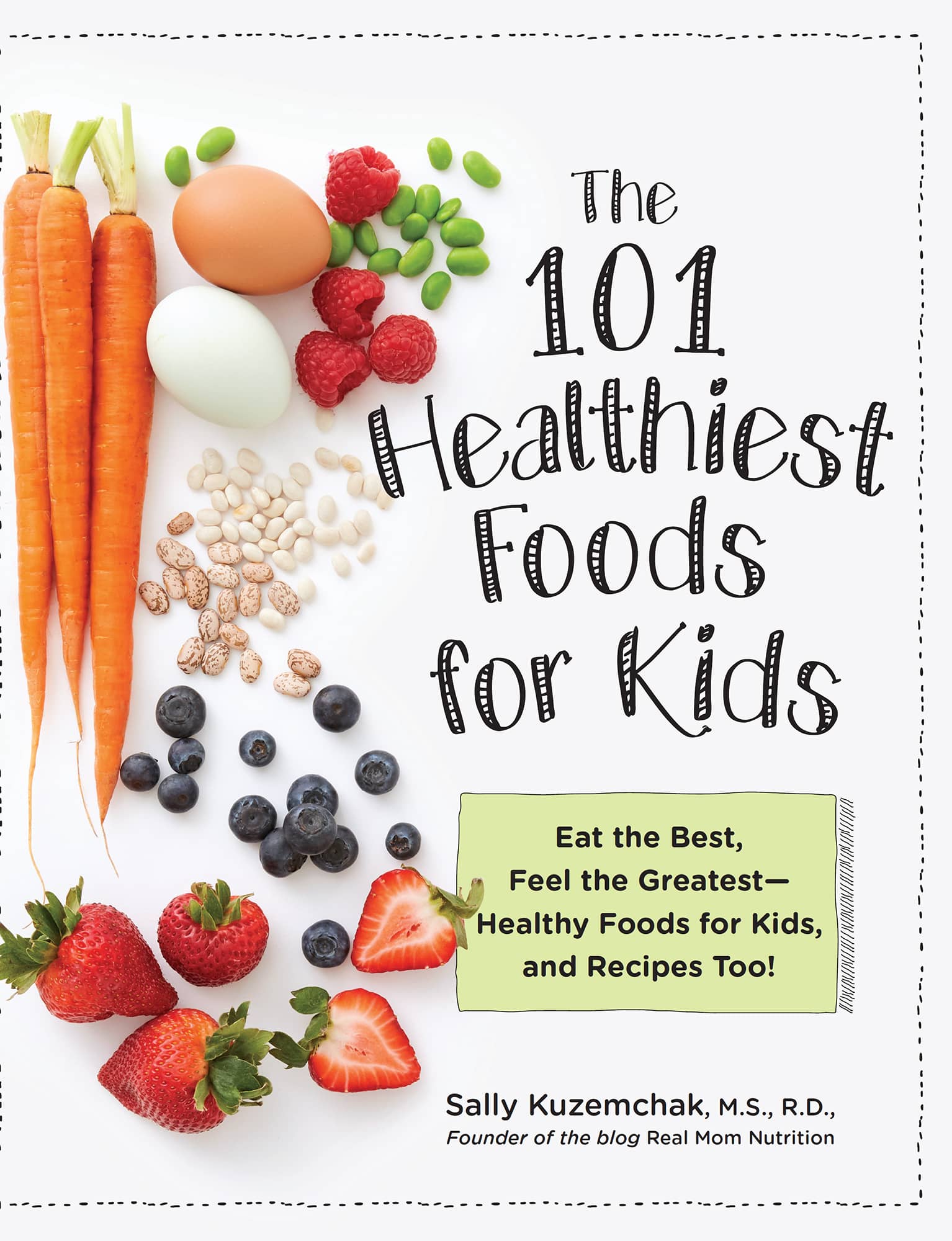



 Model healthy eating habits. Let your kids see you eating and enjoying healthy foods.
Model healthy eating habits. Let your kids see you eating and enjoying healthy foods.